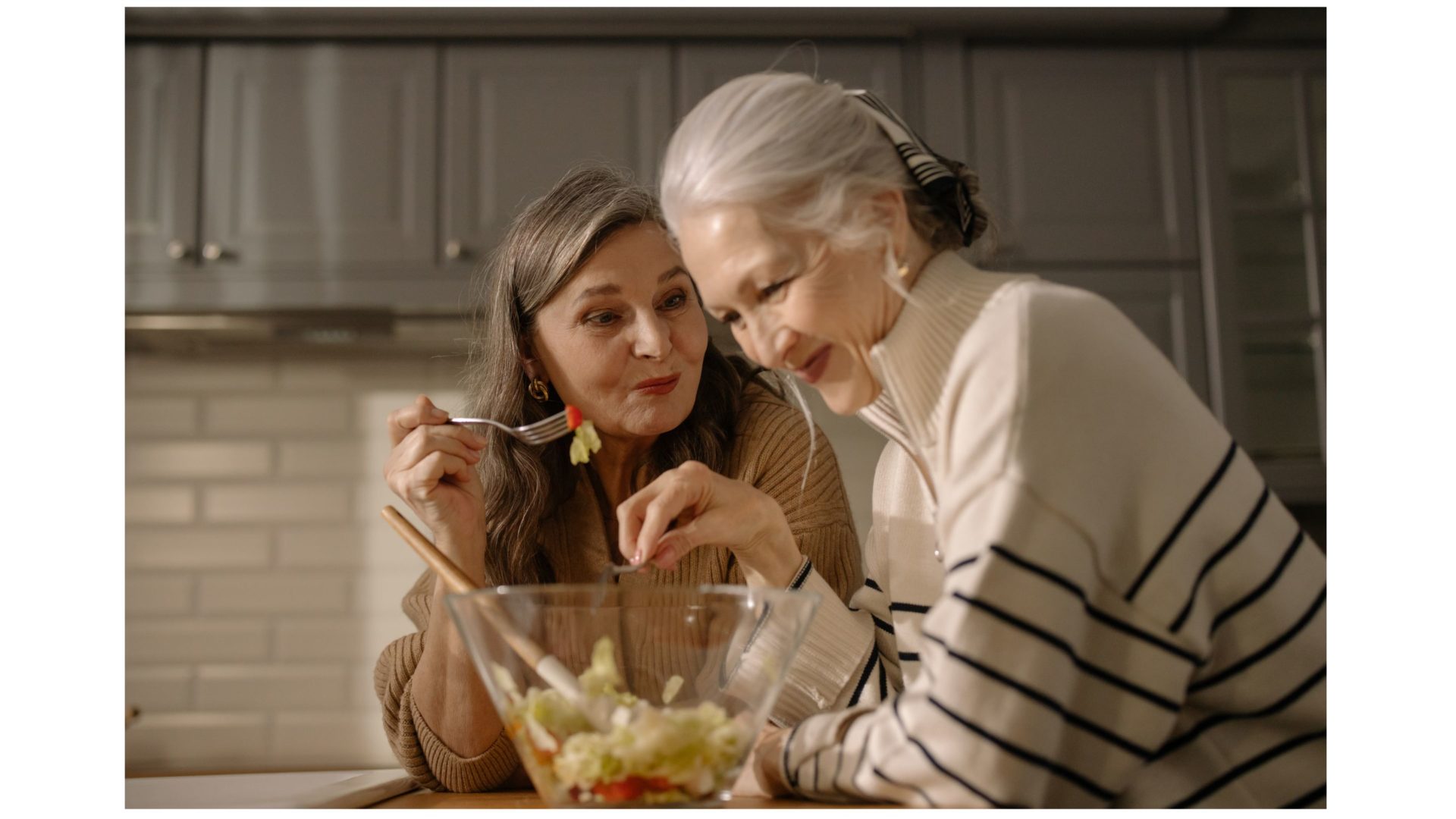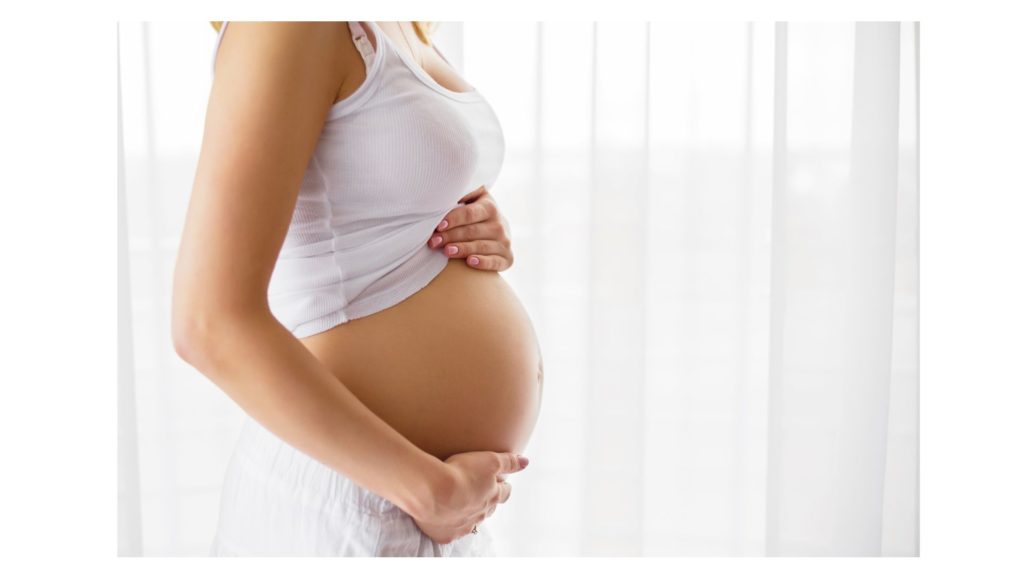
“When you reach a certain age, you realise that menopause is not much talked about, but neither is how women should take care of themselves at this stage of life.”
This is how Raquel Bernácer starts explaining why she wanted to specialise in women’s health as a dietician and nutritionist.
At the beginning of October, we had the pleasure of having Raquel at a Fundesplai webinar, where she introduced us to her ideas.
WE STARTED TO FEED IN OUR MOTHER’S WOMB
Intrauterine malnutrition leads to lower birth weight babies -and potential survival problems- and affects the onset of chronic non-communicable diseases in adulthood. Thus, it is clear that there is a real impact of maternal nutrition (and lifestyle) on the future baby, who in this case will be a girl since we are talking about female health and nutrition.
WE ARRIVE AT ADOLESCENCE: WHAT DO WE EAT WHEN WE ARE FERTILE?
Menarche (the first menstruation) is the central event that marks the onset of fertility in women, and at this time, nutritional requirements become more specific.
People are nutritionally vulnerable during adolescence because it is a period with numerous biological and psychosocial changes, resulting in hormonal alterations. But why do nutritional requirements change? Because rapid growth and development produce such needs to increase steeply.
In addition, dietary patterns and physical activity are open to changes. Nowadays, we witness the impact of social media on adolescents’ behaviour. Thus, on account of young women’s vulnerability to eating disorders, they must have adequate dietary support.

Source: Canva.
Women of childbearing age have specific nutritional requirements due to their menstrual cycle. First, it is essential to maintain a body weight appropriate to her physical constitution and an adequate intake of the following nutrients (which, as we said, condition the health of the woman and her future baby in the event of pregnancy):
Folate (folic acid, Vitamin B)
Found in green leafy vegetables, citrus fruits, nuts, pulses, and whole grains.
A significant intake should be made before pregnancy and throughout the gestational period because it helps the body to create new cells.
Calcium
Found in pulses, nuts, algae, seeds, green leafy vegetables, fish with bones, and dairies.
It is essential to have enough calcium during the entire fertile period because once you enter menopause, the risk of osteoporosis is very high due to bone decalcification. Fractures are among the leading causes of medical treatment in elderly people.
Vitamin D
Found in eggs, butter, milk, fish liver oil, and oily fish.
Vitamin D is connected with bone metabolism.
Iron
Found in molluscs, red meat, pulses, eggs, quinoa, tofu, green leafy vegetables, seeds, and nuts.
Blood contains iron, and women lose blood with each menstruation, sometimes in large quantities. Thus, they may end up with reduced iron, a crucial component of haemoglobin, the molecule in red blood cells that carries oxygen to the lungs.
Vitamin C
Found in citrus fruits, kiwis, soft fruits, tomatoes, red pepper, papayas, pineapples, broccoli, and cabbage.
Vitamin C is necessary for the growth and repair of the tissues in our body, especially to build structural proteins.
Vitamin B12
Found in food of animal origin, namely, meat, fish, seafood, yolk, and dairy.
Vitamin B12 is vital for the metabolism of proteins, e.g. it contributes to the formation of red blood cells.
Selenium is essential for reproduction, protection of the body against infections and free radicals (oxidative stress) and the functioning of the thyroid gland.
Zinc
Found in red meat, egg, seafood, pumpkin seeds, liver, and chicken, but the food with the highest amounts of zinc is oysters.
Zinc is essential for the immune system to function, for wound healing and the senses of smell and taste.
Selenium
Meat obtained from animals fed on seeds or plants is the food that contains the most selenium. In addition, we find it in seafood, eggs and garlic.
Proteins
Meat, fish, dairies, soja, oats, seitan, and pulses are protein-rich food, and are essential for transporting vitamins, forming tissues and defending the body against pathogens.
WHAT SHOULD WOMEN IN CHILDBIRTH AGE EAT?
In general terms, Raquel Bernácer invites us to observe the following points:
Eat varied, local, seasonal, fibre-rich foods.
Poultry, pork, fish, eggs, pulses and their derivatives, and nuts.
Eat food containing healthy fats
Olive oil, avocado, and seeds.
Limit alcohol consumption
Reduce ultra-processed food and sugar
Drink calorie-free beverages
Water, tea, coffee, and unsweetened infusions.

Source: Canva.
PREGNANCY AND BREASTFEEDING
“You must eat for two, now!”
This is a typical phrase thrown at women when someone realises she is “in a delicate condition”. Well, THIS IS COMPLETELY FALSE. YOU DON’T HAVE TO EAT FOR TWO!
Indeed, during pregnancy and breastfeeding, there are physiological changes that lead to higher nutritional requirements, but a measured intake is necessary. In addition, we should pay attention to the following elements: folate, iodine, iron, calcium, zinc, magnesium, potassium, and B vitamins.

Source: Canva.
It is highly recommended to visit a nutritionist to check that there are no deficiencies and that the intake is adequate.
Adequate nutrition during pregnancy is the best preparation for breastfeeding.
WHAT DO WE EAT WHEN WE ARE NO LONGER FERTILE?
A woman may begin having menstrual imbalances or irregularities years before menopause, a period known as pre-menopause.
Menopause is what doctors call the date of the last menstrual period, which can only be identified retrospectively, i.e. when there has been no menstruation for twelve months. Postmenopause corresponds to the years after menopause.

Source: Canva.
Menopause is not a disease, but it has symptoms and physical consequences that you need to be aware of: loss of strength and sex hormones, slowed metabolism, increased risk of falls and osteoporosis, insulin resistance, or the accumulation of visceral fat in the trunk. If you want to know in more detail what happens in menopause, follow these links: changes in menopause and, with a bit more depth, a video on the physiology of menopause.
In this new biological scenario, it is essential to have a high protein intake to recover muscle mass, avoid ultra-processed foods as much as possible, follow a dietary programme adapted to each individual, and do physical exercise.
AND REMEMBER…
Visit a specialist and they will help you:
- solve all your DOUBTS and follow a DIET ADAPTED TO YOUR PARTICULAR NEEDS and
- ADEQUATELY CONTROL THE NUTRIENTS you need more according to your LIFE STAGE.

Source: Canvas.

